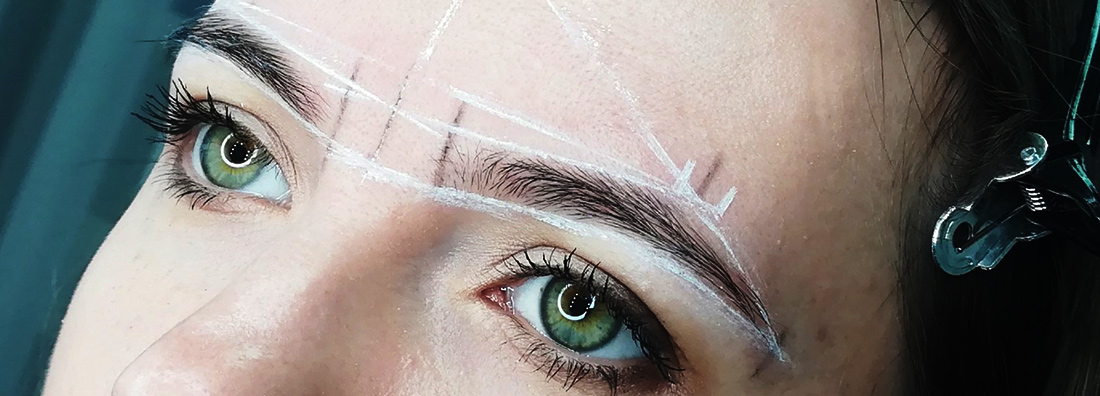
Eyebrows help to create a beautiful face and also act as a barrier to protect the eye area. Today, eyebrows represent a major social factor, and thousands of people seek the help of beauty professionals to reshape and beautify these hairs.
Unfortunately, just like the hair on your head, eyebrow hair can gradually fall out, either due to skin diseases, thyroid problems or even excessive plucking. Just like hair transplant and beard transplant, eyebrow transplant achieves excellent results for those seeking to treat this dysfunction.
An eyebrow transplant is the solution for those who want to fill in gaps and reshape their eyebrows, ensuring a more harmonious look that highlights and enhances the look. Although it is a popular procedure, with increasing popularity in the aesthetics industry, not everyone knows what an eyebrow transplant is and how it works.
Eyebrow Transplant Techniques
In the FUE (Follicular Unit Extraction) transplant technique, the expert removes the follicles from the donor area one by one. This makes the procedure minimally invasive and avoids the linear scar. We use advanced technologies, such as Sapphire blades to guarantee precision and natural results. In addition, we are strict with the density and angle of each implanted follicle, always thinking about the final result, which should bring volume and naturalness to the patient’s eyebrows.
The DHI (Direct Hair Implantation) technique is also one of the most modern methods used today in hair transplant and/or implant surgeries. It consists of implanting the follicular units that were removed using the FUE technique. The implantation of the follicular units is done one by one, manually with a special pen (Choi implanter), resulting in naturalness and greater hair density. With the DHI technique, it is possible to tilt the Choi implanter in different directions (90º, 45º and 30º) following the direction of the native hair with the aim of obtaining natural results.
How Is the Procedure Done?
- The first is the initial consultation, in which the patient undergoes an evaluation by a doctor who specializes in hair transplants. He or she checks whether the candidate for the procedure is suitable and, if necessary, recommends the transplant.
- After this stage comes the preparation for the transplant surgery. The expert will indicate what care the patient should take, as well as any tests that need to be performed.
- The patient then schedules the surgery and undergoes the procedure, which is done under local anesthesia. Therefore, there is no pain during the hair transplant, which is one of the main fears of patients.
- During surgery, the expert extracts the follicular units from the donor area, usually the nape of the neck, and separates those that are viable and will be used. Then, the doctor performs the eyebrow implant hair by hair, always taking care to follow the characteristics of other hairs. This way, it is possible to have a more natural result that easily goes unnoticed.
The length of time an eyebrow transplant surgery takes varies depending on the patient’s case. However, the average duration is two to three hours.
Since Hera Derma is a dermatology clinic, our specialist physicians perform the necessary medical follow-ups before and after your eyebrow transplantation treatment, analyze your results with the necessary laboratory tests, and apply additional treatments that will support your process.
Post-Operative Care
After surgery, it is common for the area to swell, especially in the upper eyelid and around the eye. Therefore, it is recommended to use cold compresses on the eyes and sleep with two pillows for 2 to 3 days; after 5 to 7 days, the swelling will disappear. To wash the eyes, you must wait 48 hours after surgery, and you should use a makeup brush. Baby shampoo is the most recommended to avoid stinging the eyes. This process can take on average, 10 days.
Sun exposure should be avoided for 2 months and physical exercise for 15 days; makeup for 3 months. The stitches in the donor area (head) are removed within fifteen days.
It is worth remembering that both the procedure and post-operative care may vary according to the techniques and recommendations of each surgeon. With modern techniques we use, it is possible to customize the procedure according to individual needs. If you are considering this option, schedule an appointment here at Hera Derma Clinic and consult our qualified specialists to assess your case and advise on the best approach.

